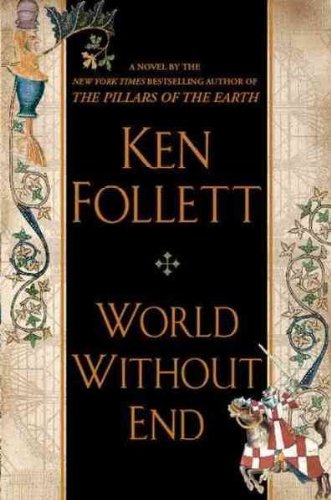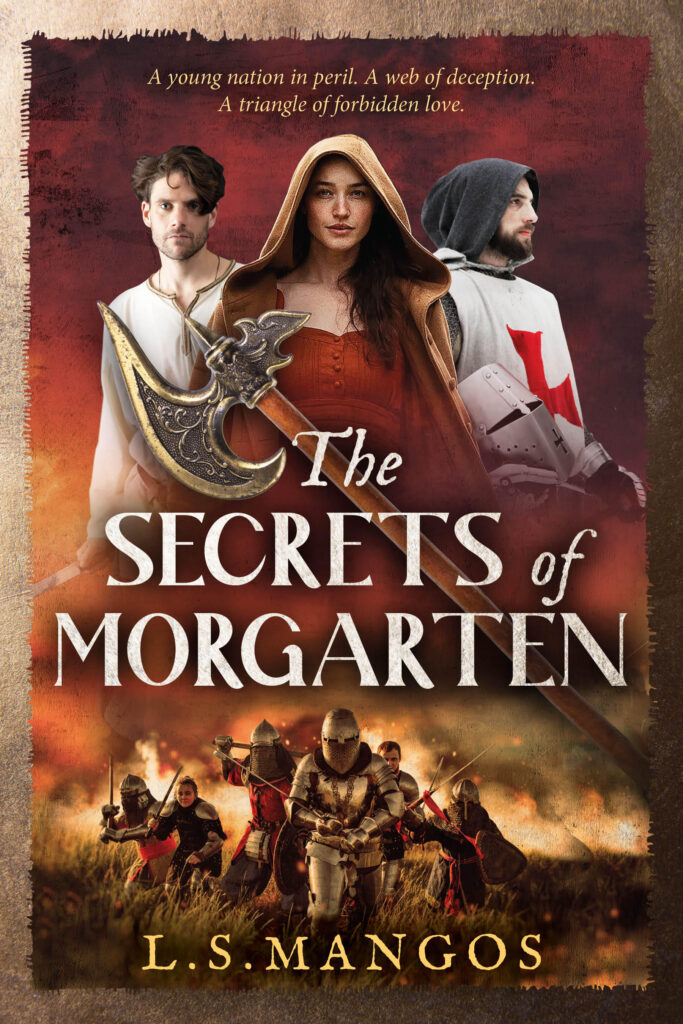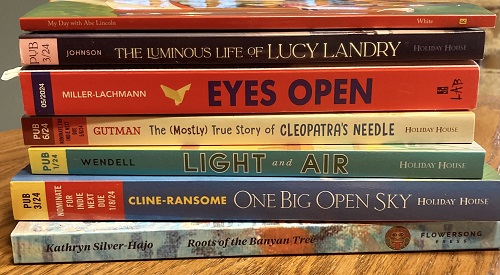World Without End
World Without End, Ken Follett’s long-anticipated sequel to his international bestseller The Pillars of the Earth, arrived with a great deal of fanfare and high expectations. Set two centuries after the construction of the gothic cathedral of Kingsbridge—an event that anchored the first book—Follett attempts, with varying degrees of success, to recreate his panoramic view of the medieval world. He once again offers an array of characters culled from the social strata, including a gifted architect, a woman caught between forbidden passion and the art of healing, a warm-hearted peasant girl, a psychopathic knight who becomes a noble, and an assortment of nuns, monks, townspeople, and serfs. While none of the characters are particularly innovative, Follett’s straightforward prose and impressive command of his various storylines sweep us into his fictional English town, where everyday life is overshadowed first by the folly of the Hundred Years War and then by the horrors of the Black Plague.
Engaging details abound, from the construction of a faulty bridge to the design of a revolutionary loom and the superstitions governing medicine; nevertheless, the novel falters in its emotional landscape. Without the trials and tragedies of building a cathedral to rally around, World Without End at times reads like a catalog of vaguely connected occurrences. The witnessing of a murder by the four central characters as children promises a mystery around which Follett will weave his epic tale, but this event is soon lost within a maelstrom of architectural disasters, thwarted love, clerical machinations, and other vicissitudes. Readers with stamina will emerge somewhat dazed but with an overall sense of accomplishment; those seeking another Pillars could be disappointed.










